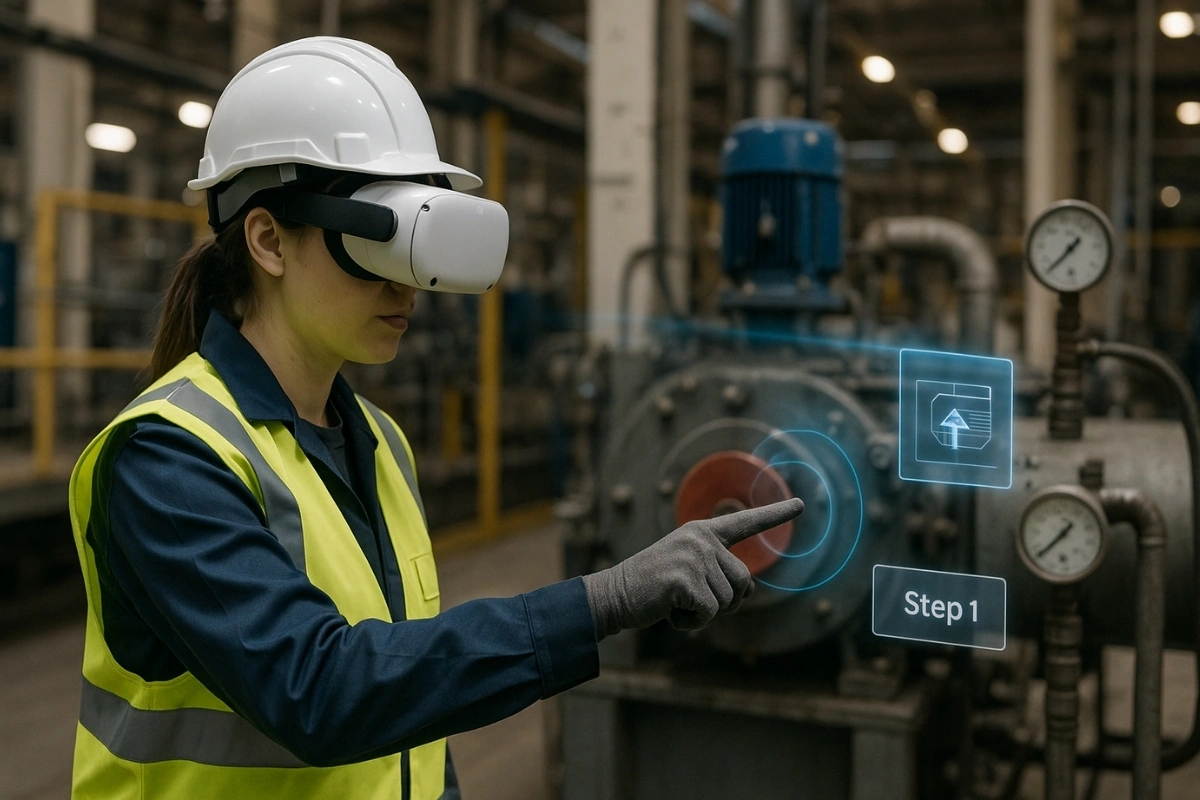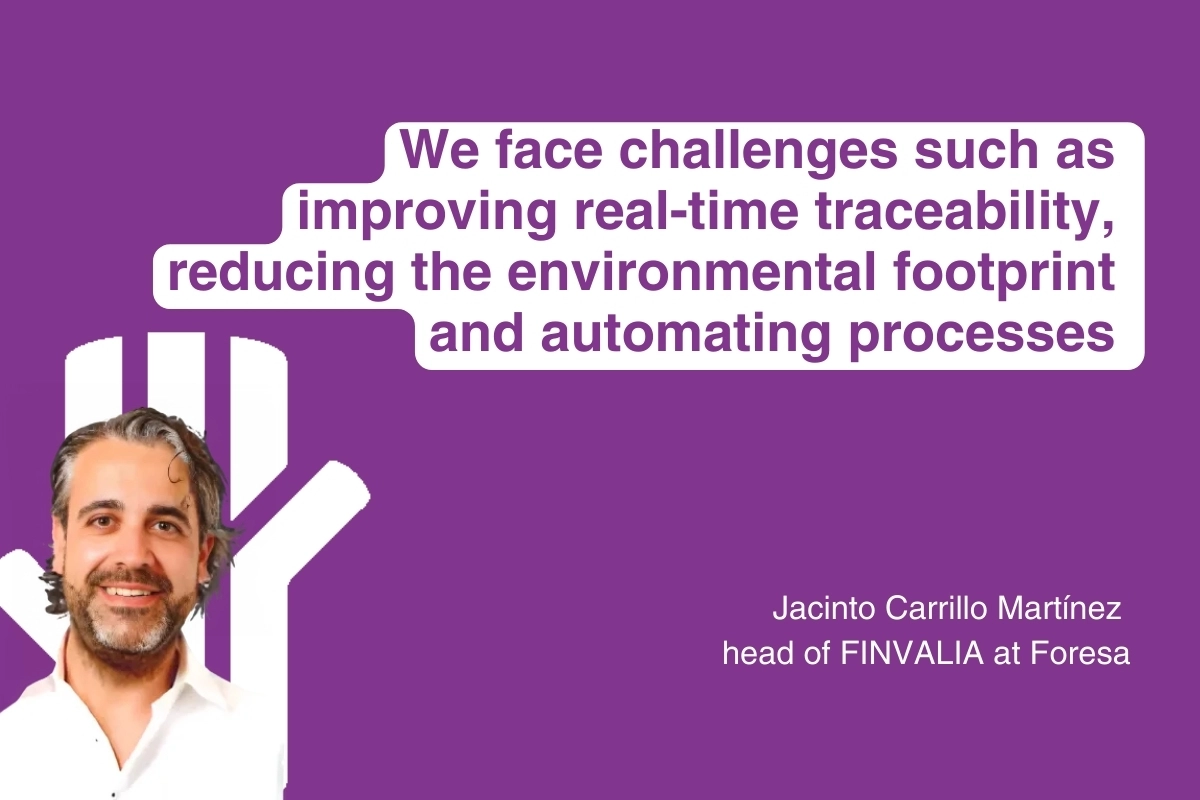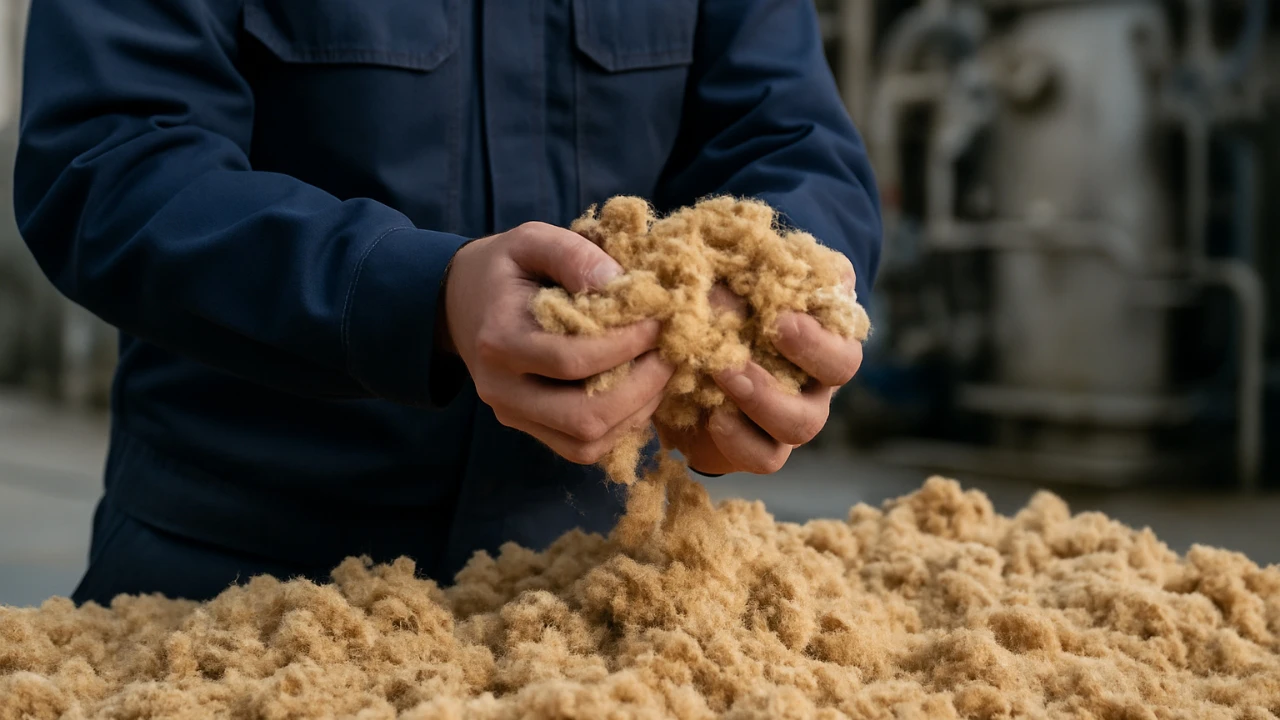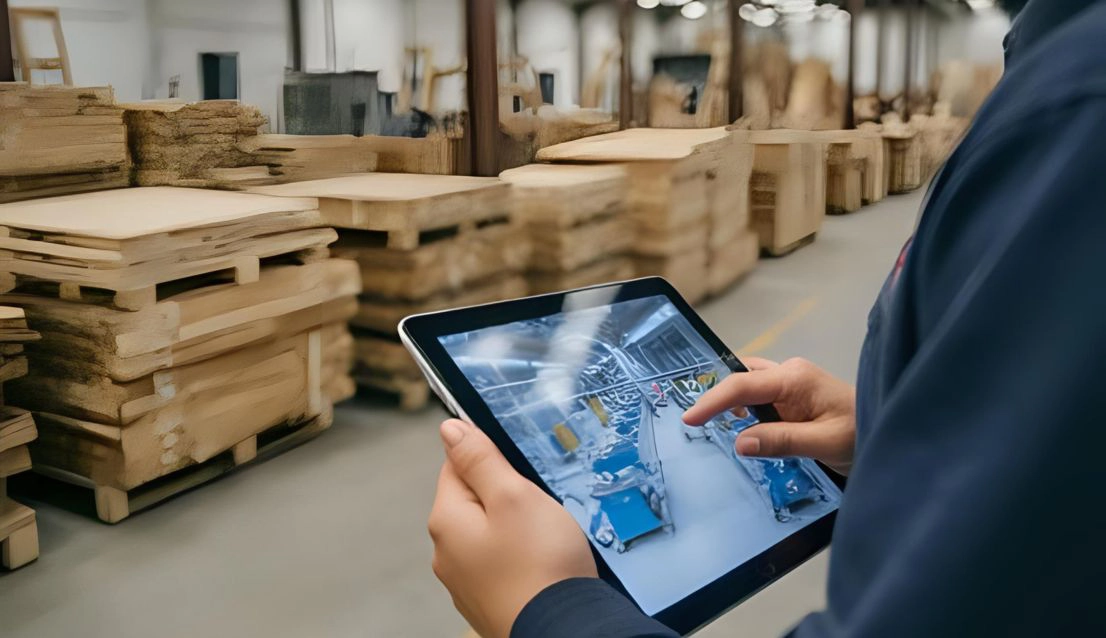SMART MAINTENANCE: THE LEAP TOWARDS PREDICTIVE EFFICIENCY
On the path to a smart and sustainable factory, industrial asset maintenance remains a key challenge for the competitiveness of the wood sector.
Traditionally, preventive maintenance strategies have relied on scheduled inspections, which often result in inefficient resource allocation and unnecessary or delayed downtimes. However, digital transformation enables a paradigm shift: moving from preventive to predictive maintenance powered by artificial intelligence and advanced sensing. In this post, we detail how we are addressing this at Finvalia.
The new maintenance: from reactive to predictive
Smart maintenance is based on real-time data analysis, allowing failures to be anticipated before they occur. This is achieved through the combination of IIoT (Industrial Internet of Things) technology and machine learning algorithms, which monitor equipment conditions and detect abnormal behavior patterns. This way, companies can plan interventions with precision, reducing downtime and optimizing asset lifespan.
Challenges in implementing smart maintenance
One of the main challenges is the quality of data collected through industrial sensors. Factors such as electromagnetic interference or device wear can generate incomplete or inaccurate information, affecting decision-making. Additionally, the lack of integration and standardization in maintenance and documentation systems hinders efficient information management.
Another major obstacle is the operational management of maintenance, which often lacks real-time visibility into asset conditions and spare part availability. Without proper digitalization, operational decisions can be delayed, impacting production and increasing costs.
Four solutions in development
To address these challenges, Finsa is leading an innovative smart maintenance project, combining artificial intelligence, edge computing, and hyperautomation technologies to optimize industrial asset management.
Among the solutions in development are:
✅ Machine learning models capable of analyzing real-time data and predicting failures before they occur.
✅ IIoT platforms for advanced monitoring of industrial equipment.
✅ Smart documentation systems integrated with natural language processing (NLP) tools, facilitating access to technical information and streamlining decision-making.
✅ Automation of administrative processes using RPA and OCR to digitize documents such as delivery notes and spare part orders.
From development to implementation
In addition to research and development at Finsa’s plant in Ourense, the project will also be deployed at Puertas Vales (Aranga) and Couceiro (Cambre), two key companies in the wood production chain.
At these factories, IIoT devices will be installed for real-time data collection and analysis. This will enable automatic recording of production stoppages and their causes, facilitating more precise planning of preventive and predictive maintenance.
Additionally, an intelligent maintenance management system will be implemented, using sensor data to generate automated work orders. This will optimize resource utilization and reduce machine downtime, improving operational efficiency.
Four benefits of smart maintenance
The development of smart maintenance brings four key advantages:
✅ Reducing operational costs by minimizing unexpected failures.
✅ Improving production efficiency through real-time data utilization.
✅ Optimizing resource consumption, aligning with sustainability principles.
✅ Ensuring competitiveness in an ever-evolving sector.
Finvalia reinforces the industry’s commitment to industry 4.0, demonstrating how technology can drive more efficient, sustainable, and resilient production.









